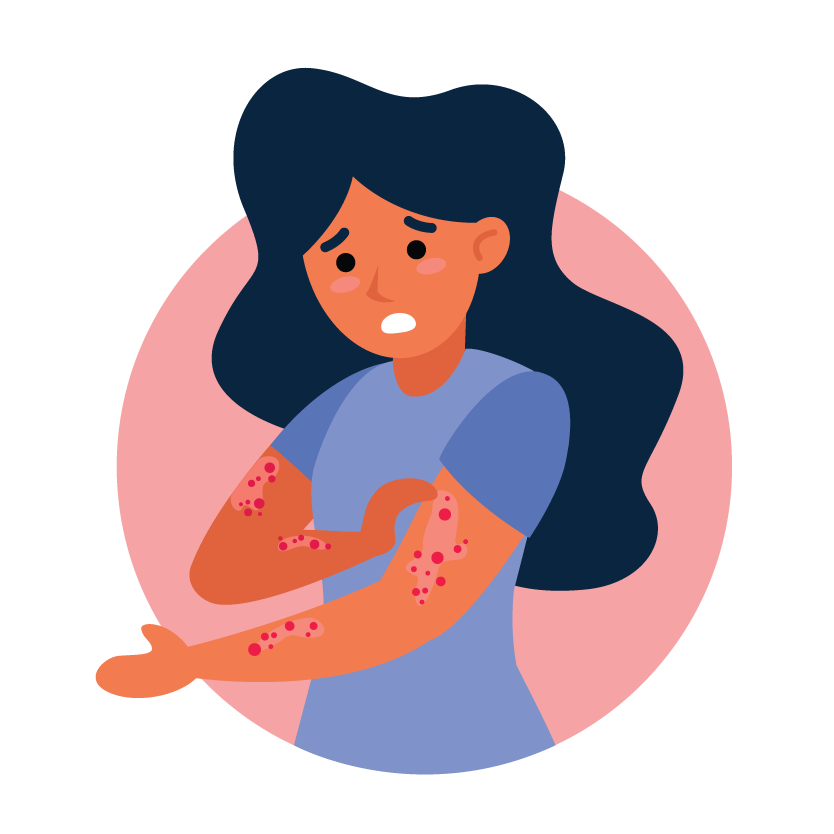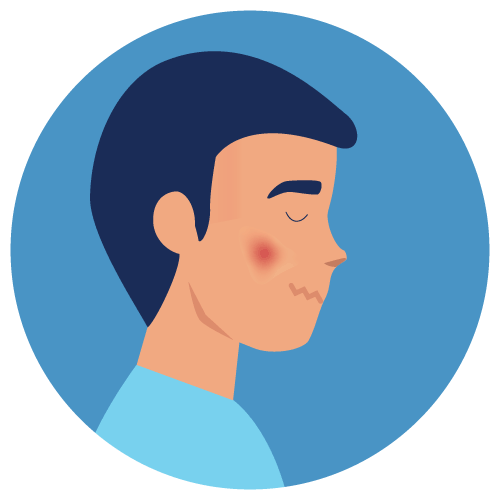| Name | Triclosan |
| Classes |
Dermatological/Topical Agent Antiseptic and Germicide |
| Diseases |
Acne Infectious Disease Wound |
Triclosan
Triclosan is a broad-spectrum antibacterial and antifungal agent that belongs to the class of diphenyl ethers. It works by inhibiting bacterial and fungal cell wall synthesis, causing their death.
Triclosan is indicated for the following:
- As a germicidal handwash and surgical scrub.
- As a topical antiseptic to prevent and treat bacterial infections of the skin and mucous membranes.
- As a preservative in personal care products, such as soaps, shampoos, and toothpaste.
Note: In 2016, the FDA ruled companies couldn’t sell triclosan-containing consumer products such as antibacterial soaps anymore. They stated these products haven’t proven to be any more effective than plain soap and water.
The dosage and administration of triclosan depend on the form and strength of the product used. It is recommended to follow the instructions provided by the manufacturer or healthcare provider. Triclosan is generally safe for all age groups when used as directed
Common adverse reactions associated with the use of triclosan include:
- Skin irritation
- itching
- skin redness
- Triclosan should be used only as directed and should not be ingested or applied to open wounds.
- Long-term or frequent use of triclosan may lead to antibiotic resistance and endocrine disruption.
- Triclosan has been associated with the development of liver toxicity in some individuals.
- Triclosan may cause allergic reactions, especially in individuals with a history of allergies.
- Triclosan should not be used in infants or children without the recommendation of a healthcare provider.
- Triclosan should not be used in pregnant or breastfeeding women without the recommendation of a healthcare provider
Contraindication
Triclosan is contraindicated in individuals who have a known hypersensitivity to the drug or any of its components.
None known.
None known.
 Bangla
Bangla English
English

